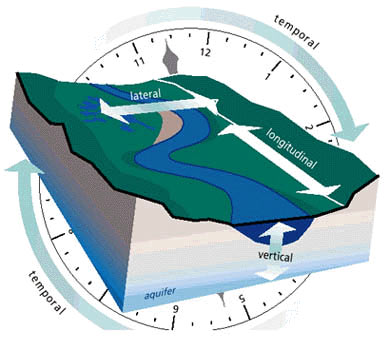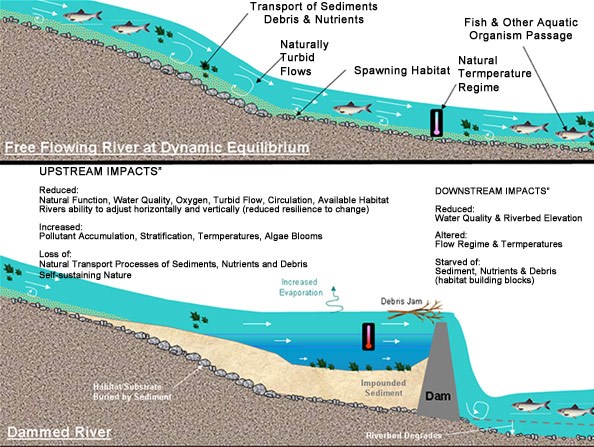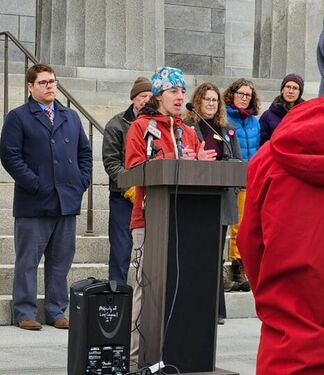|
Coming back into the State House this week, the biggest priority on everyone's mind was flood recovery. We heard testimony in both Natural Resources & Energy and in Government Operations on it, and I wanted to pass along some of the most interesting images from testimony this week. Beyond the immediate needs of making those devastated by the floods whole, I'm very tuned into how are we going to prevent this kind of flooding from happening again in the future. We know climate change is here, but there are ways that we can improve our water management systems so that the effects of increased precipitation are reduced. I especially want to highlight the testimony we heard from Karina Dailey, a restoration ecologist with VNRC. You can see her slide deck here. I've pulled a couple of the images from her presentation from elsewhere on the web and included them below because they were (at least for me) some new learning that I found fascinating. And they say that the best way to learn something is to teach it, so I'm going to attempt to reiterate what I learned here. Karina's mantra was "INTACT FRESH WATER SYSTEMS BUILD CLIMATE RESILIENCE". How do we keep fresh water systems (like rivers) intact? To answer this, we have to consider the ways in which a river can change: laterally (shifting side-to-side), longitudinally (flowing down hill), vertically (connecting to ground water or aquifers), and temporally (shifting over time). If a river gets disconnected in any of these dimensions, that means bad news for ecosystems and for humans. For example, when large rain events occur, rivers need to be able to spread out their excess water into their flood plains (lateral movement), but if rivers are armored (walled or lined with granite blocks) then those flood plains are not accessible. Solution #1: Connect rivers back to their flood plains The second idea is re-connecting rivers vertically. How are rivers not intact now? Dams. Dams can raise the temperature of the water behind them (bad for ecosystems). They build up sediment behind them, which literally raises the water level behind them. Apparently they can also increase the water level in high rain events below them as well, though, I'm less clear as to why that occurs. Solution #2: Remove derelict dams Both of these solutions are baked into the language of
We heard during testimony that Vermont has lost 35% of its wetlands since European settlement, and as my colleague Sen. White observed, during this new era of climate change, we probably need more wetlands than we had then just to deal with the new, high-precipitation weather we're likely to experience with climate change. So one of the provisions in this bill aims to recover than we had. I hope you found this as interesting and informative as I found it! One other highlight from this week: I had the honor of speaking at the Rally for Flood Recovery on Wednesday, where I told the story about how a project in Northfield, which connected a river to its floodplain, lowered the water in the July flooding by 6 inches. To quote Michelle Braun of Friends of the Winooski, "6 inches may not seem like a lot, but when that's in your living room, it makes a big difference." Psyched for Week 2! Here we go! Comments are closed.
|
Details
AuthorWrite something about yourself. No need to be fancy, just an overview. Archives
June 2024
Categories |




 RSS Feed
RSS Feed